Unsung Heroes Vol. 3
on Jun 11, 2018The Pangolin
What is a pangolin? Most people don’t know. This is completely understandable considering the fact that they are seldom seen. Even for us as field guides who spend hundreds of hours in the wilderness, this elusive animal remains to be a scaled ghost which we are eagerly waiting to see. But what are they?
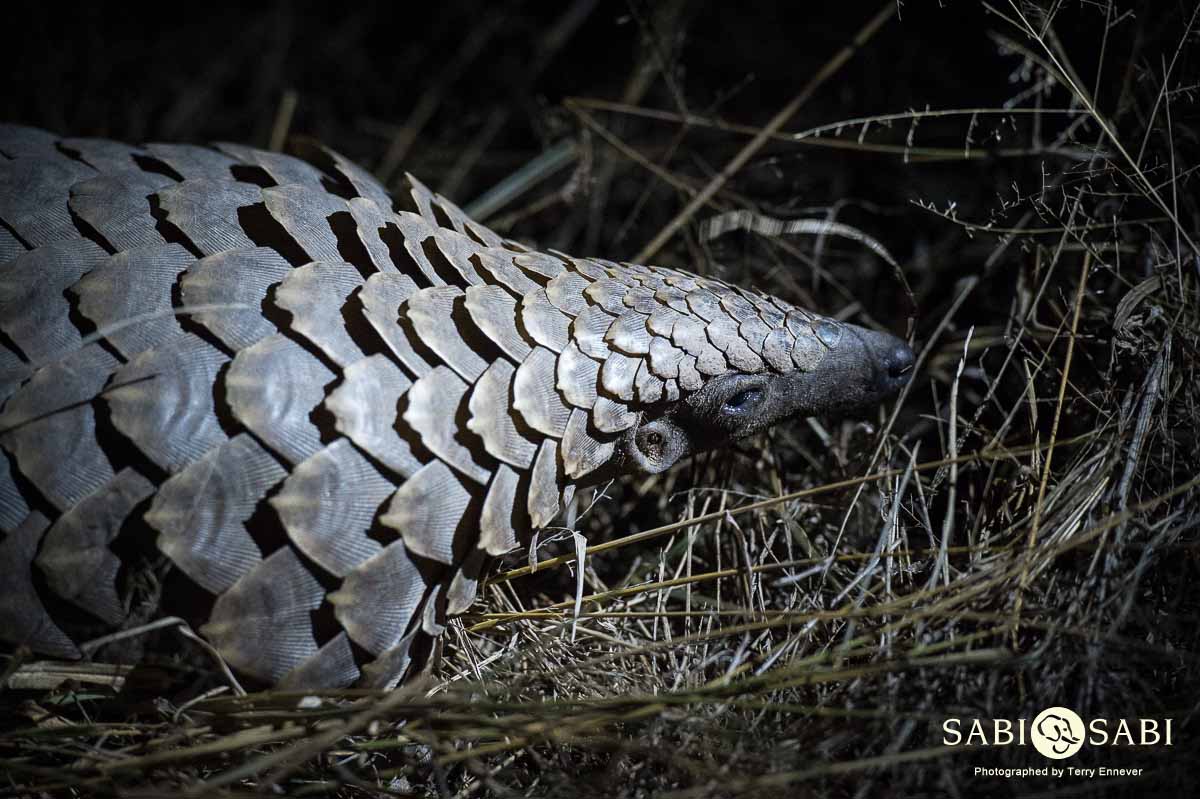
Their closest relatives are interestingly sloths and anteaters. When explaining what they look like, I always use the reference of armadillos even though they are not even closely related. The precious pangolin is a scaled mammal which walks on its hind feet and uses its short forefeet armed with claws together with its narrow head to dig for food.
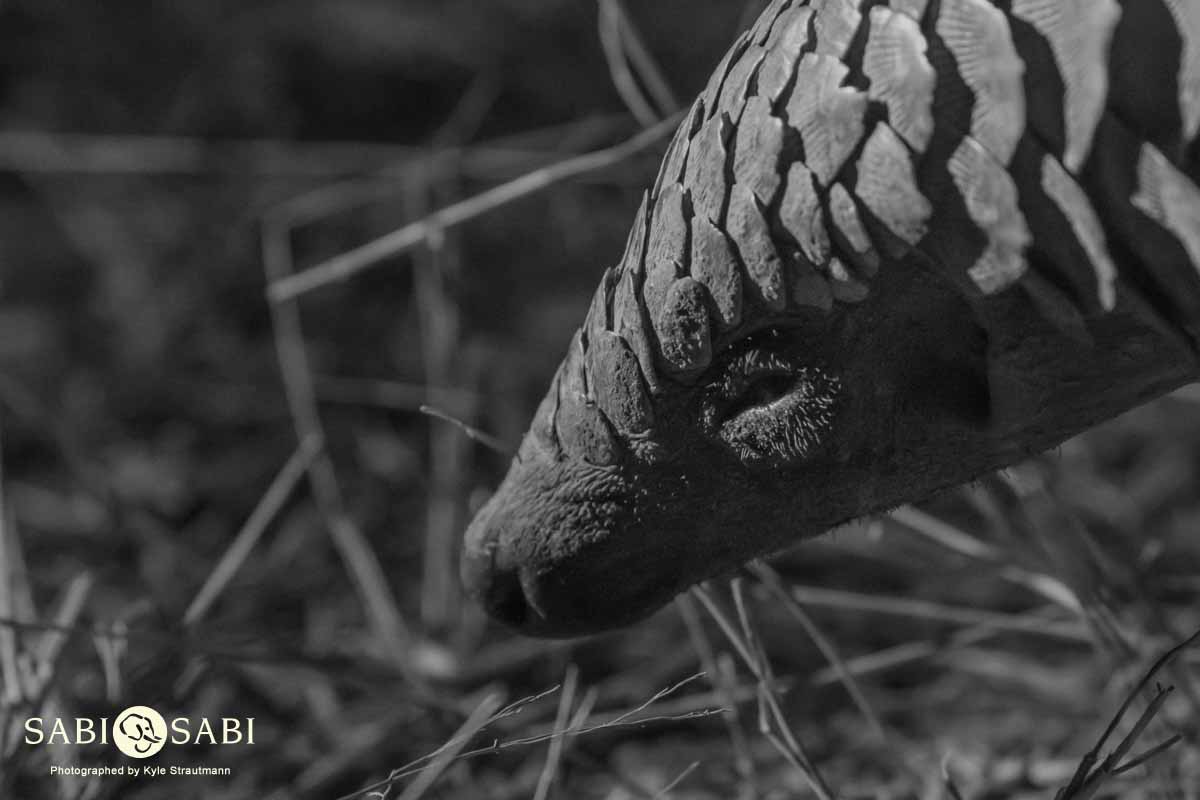
The pangolin is secretive and solitary, choosing to move about in utter darkness. More reasons why we know so little about this unique mammal. They are selective feeders and their diet exclusively consists of ants and termites. The former being the preferred choice. They use their impressive sense of smell to detect their crawling cuisine and scoop up large amounts of these insects using their impeccably long, sticky tongue. Amazingly, their tongue is attached near the kidneys and extends to the mouth (reaching lengths of more than 50cm!).
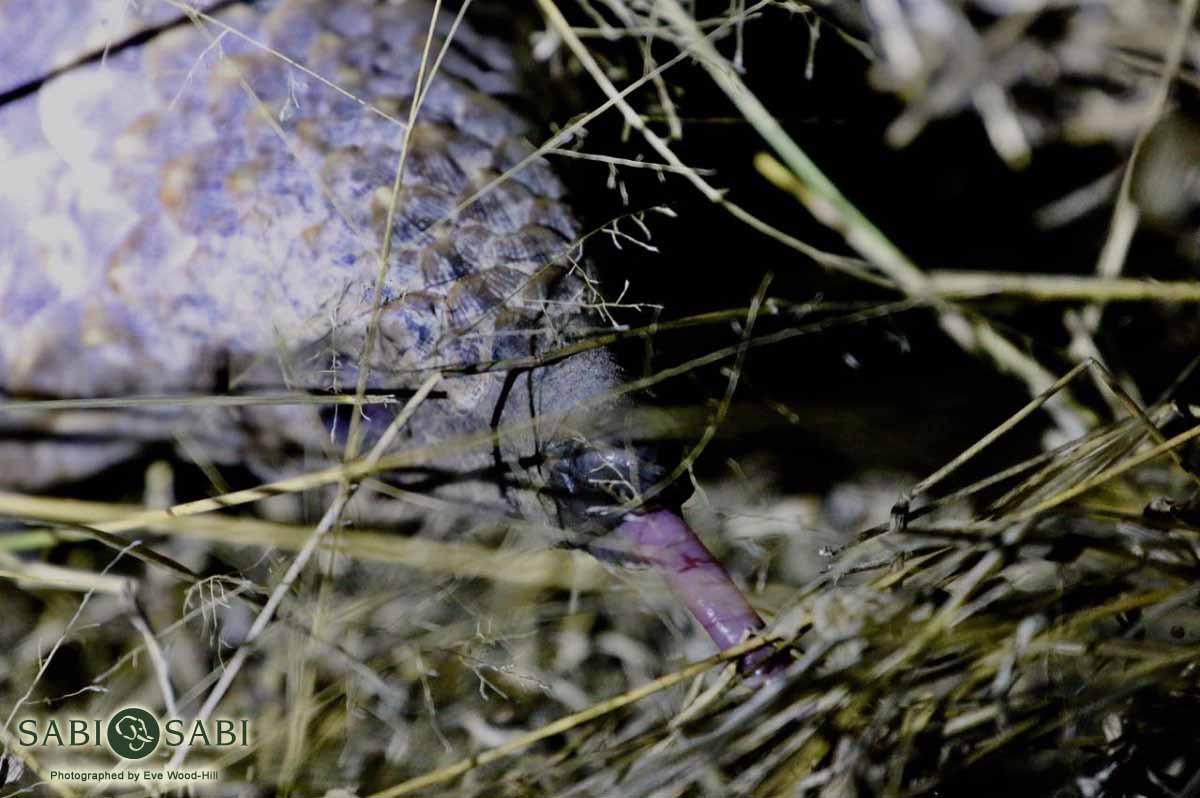
How do pangolins defend themselves? You guessed it, by rolling up into a tight ball. They are the masters of this defense strategy and not even armadillos can do it quite like they do. Their sharp scales, made of keratin, protect the vulnerable belly and soft parts of the animal and it has afforded them immunity against most predators. Even lions have a tough time killing pangolins as these creatures can often leave the (mostly inexperienced) predators injured by moving their slicing scales causing great pain and sometimes even leading to amputations. A mother with her youngster can protect her offspring by holding it in the middle of the “ball” when threatened. This nifty natural armour usually does the trick but unfortunately humans have stood in the way of this natural protection.
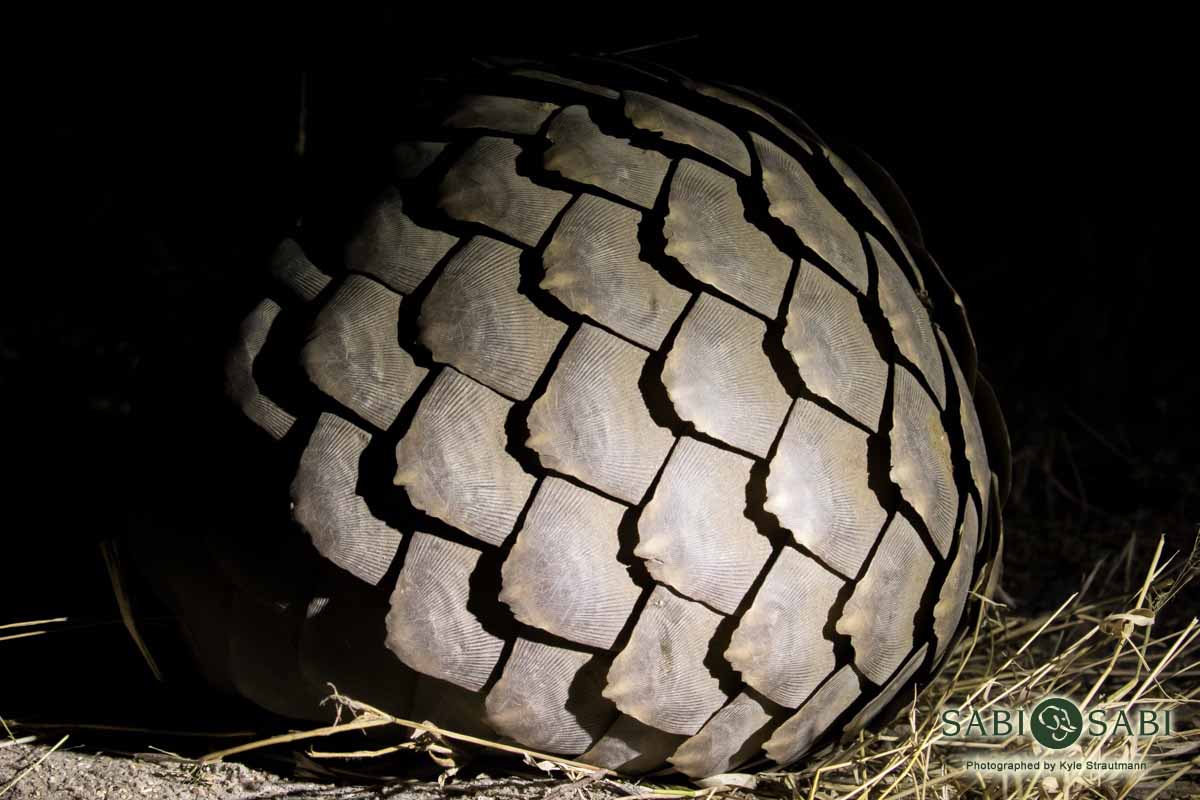
The biggest enemy of the pangolin is people. This is in fact the worlds most trafficked animal, their scales used for traditional medicine in African tribes as well as in Asia. Electric fences are another serious threat as pangolins accidentally stumble upon these wires and instinctively wrap themselves around the pain, shocking themselves to death. It’s a hard reality but something we need to know.
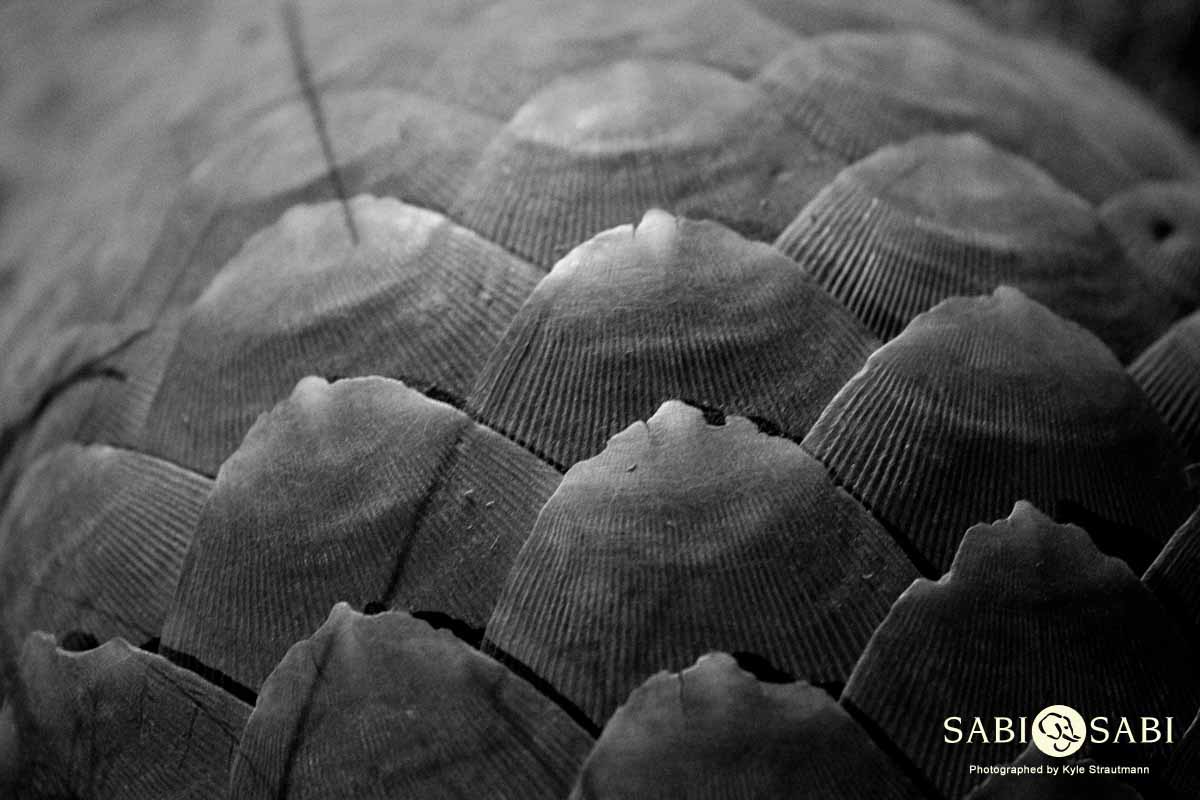
It’s not all doom and gloom though! There are more and more conservation initiatives to create awareness for these special animals. If we know about it, we can target the problem!
Pangolins have large tails which they also use to carry their young around. They live in dens such as termite mounds with existing holes as they prefer not to dig their own. It is not known if they are territorial or not but both males and females urine-mark. But how do they mate? This is a tricky task as the male risks being castrated by the female’s razor-sharp scales. They thus cannot mate as most other mammals do. Instead, they are positioned next to one another, facing the same direction as the male masterfully maneuvers his genitalia and tail underneath the female. What a scale! I mean skill!
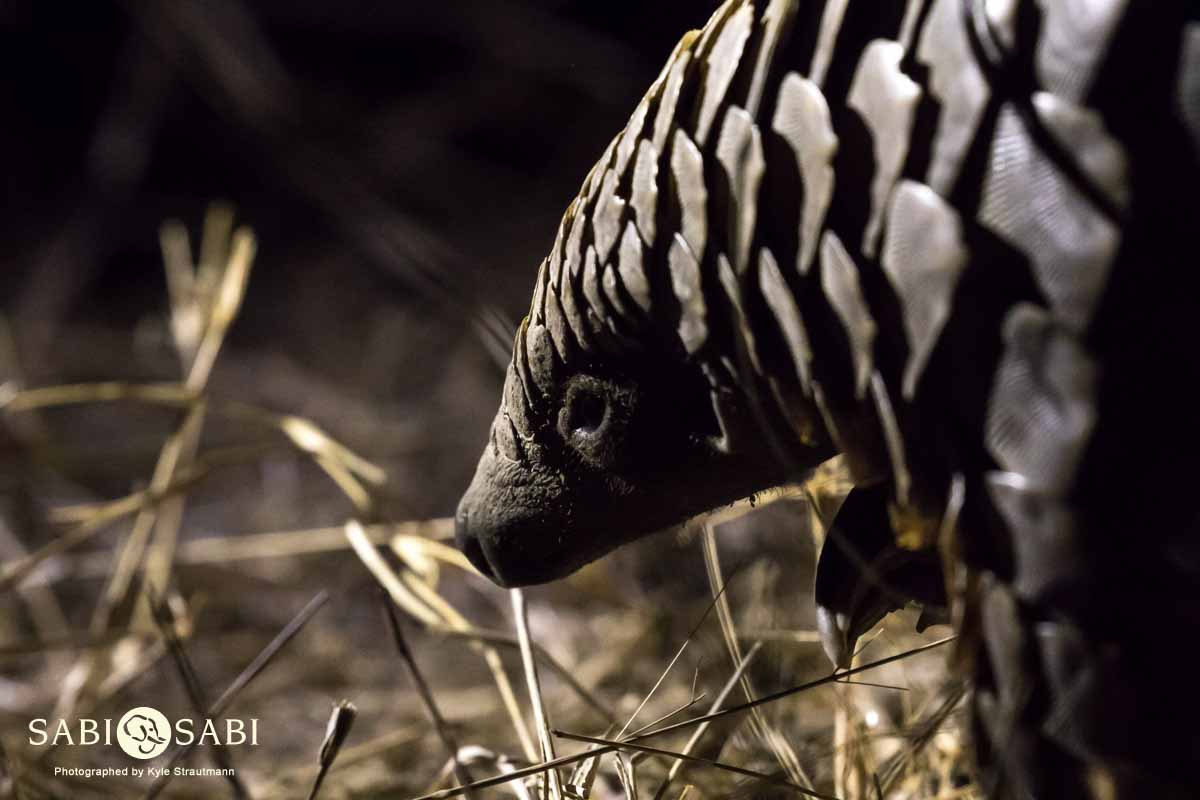
I hope all of us have the opportunity to see more pangolins and appreciate this special, shy and secretive mammal. Good luck in finding one :)






